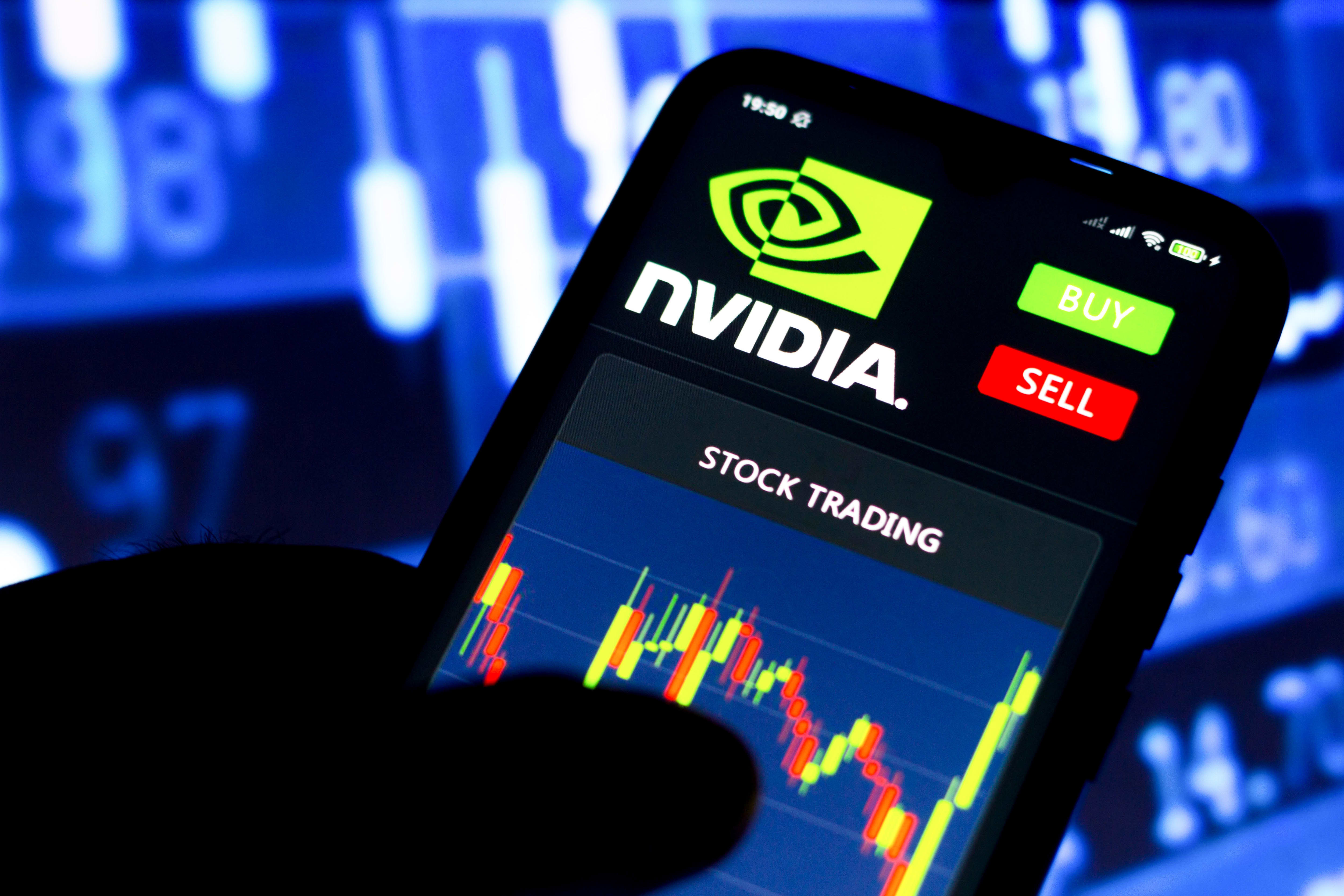Table of Contents
Nvidia, a major player in the AI chip industry, which recently soared to record-breaking heights, is now confronting unexpected obstacles that are shaking investor confidence. Known for driving the AI revolution with its cutting-edge GPUs, Nvidia is facing a mix of market dynamics, regulatory scrutiny, and competitive pressure that threaten to undermine its stellar rise. As highlighted in an analysis by David Goldman for CNN, Nvidia’s troubles go beyond a temporary market dip—they reveal deeper issues that could impact the company’s growth trajectory and position in the tech world.
The Rise and Sudden Fall
Nvidia has been at the forefront of the AI boom, with its GPUs becoming essential for training complex machine learning models and powering advanced AI applications. This demand catapulted Nvidia’s stock, making it one of the most valuable companies globally. However, that momentum has recently slowed. On Tuesday, Nvidia’s stock experienced a staggering drop, wiping out $279 billion in market value in a single day— the largest single-day loss in stock market history. This decline outpaced the previous record set by Meta in 2022, which lost $240 billion in market cap during a similar crash.
To put the magnitude of Nvidia’s decline into perspective, the $279 billion drop is more than the entire market capitalization of major U.S. companies like McDonald’s, Chevron, or Pepsi. As noted by Bloomberg, this sharp decline raises critical questions about whether the demand for AI chips has reached its peak, and whether Nvidia can maintain its rapid growth in a more cautious market environment.
Geopolitical Tensions and Regulatory Challenges
Nvidia’s troubles are not confined to market performance. The company is also navigating a complex geopolitical landscape that could have far-reaching implications for its business. The U.S. government has tightened export restrictions on advanced technologies, including Nvidia’s high-end chips, to China—one of Nvidia’s largest markets. This move has added a layer of uncertainty about Nvidia’s future growth prospects in the region, as highlighted by Reuters.
Moreover, Nvidia’s supply chain faces disruptions due to these geopolitical tensions, which could hinder its ability to meet the rising demand for its products. Any potential sanctions or trade restrictions would not only impact Nvidia’s revenue streams but also its long-term strategy in maintaining leadership in the AI hardware market.
Legal Troubles and Competitive Pressures
The market is also abuzz with concerns over possible legal challenges facing Nvidia. According to a report by The Wall Street Journal, Nvidia has reportedly been subpoenaed by the U.S. Department of Justice as part of an investigation into potential antitrust violations. Although Nvidia has stated that it has not received any such subpoena, the speculation alone has created unease among investors, contributing to the recent sell-off.
Adding to Nvidia’s woes is the intensifying competition from rivals like AMD, Intel, and Google, all of which are making significant inroads in the AI hardware market. As Financial Times discusses, this increased competition could erode Nvidia’s market share, especially if other companies offer more diverse or cost-effective solutions.
Investor Sentiment and Market Volatility
The recent drop in Nvidia’s stock reflects a broader shift in investor sentiment. While the AI hype drove up valuations across the tech sector, there is growing skepticism about whether these companies can sustain their current growth rates, especially as the economy shows signs of cooling. Nvidia’s recent earnings report, though strong, did not meet the lofty expectations of many investors, further fueling doubts. As The Guardian points out, the tech market’s recalibration is not just about Nvidia but also about a potential shift in how AI-driven growth is valued moving forward.
The Path Forward for Nvidia
Despite these challenges, some analysts remain optimistic about Nvidia’s ability to adapt and grow. CEO Jensen Huang has emphasized that demand for Nvidia’s latest AI chips remains robust, pointing to the company’s strong order book and continued innovation in AI hardware. Industry experts, like Wedbush’s Dan Ives, suggest that the recent downturn could be a buying opportunity, arguing that “Nvidia has transformed the tech landscape, and its GPUs are now as valuable as oil and gold in the digital era.”
Conclusion: Navigating a Complex Future
As Nvidia faces this critical juncture, its ability to navigate geopolitical tensions, potential legal battles, and increasing competition will be crucial. The company’s future will depend on how well it can diversify its offerings, manage supply chain risks, and continue to innovate in a rapidly evolving market.
For more comprehensive coverage of Nvidia’s situation, market dynamics, and the tech industry at large, subscribe to our newsletter at Cerebrix.org. Stay updated with in-depth analysis, expert insights, and the latest developments delivered directly to your inbox.
Liam Chen
Tech Visionary and Industry Storyteller
Read also
November 19, 2024
November 19, 2024
November 19, 2024

